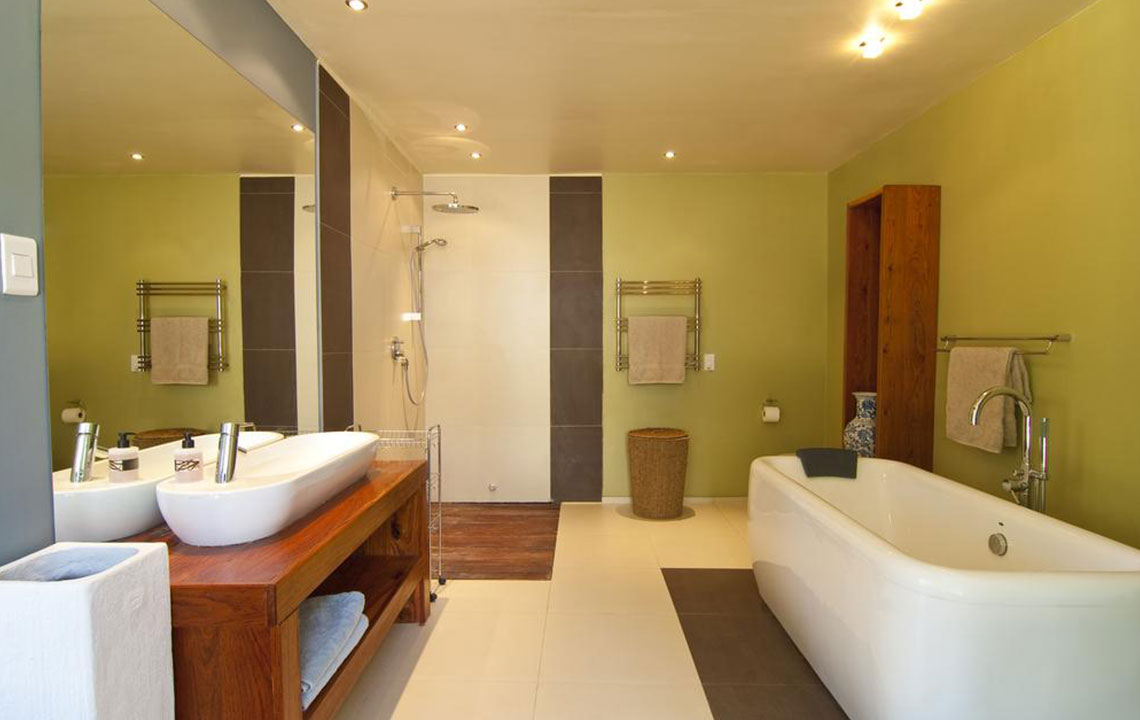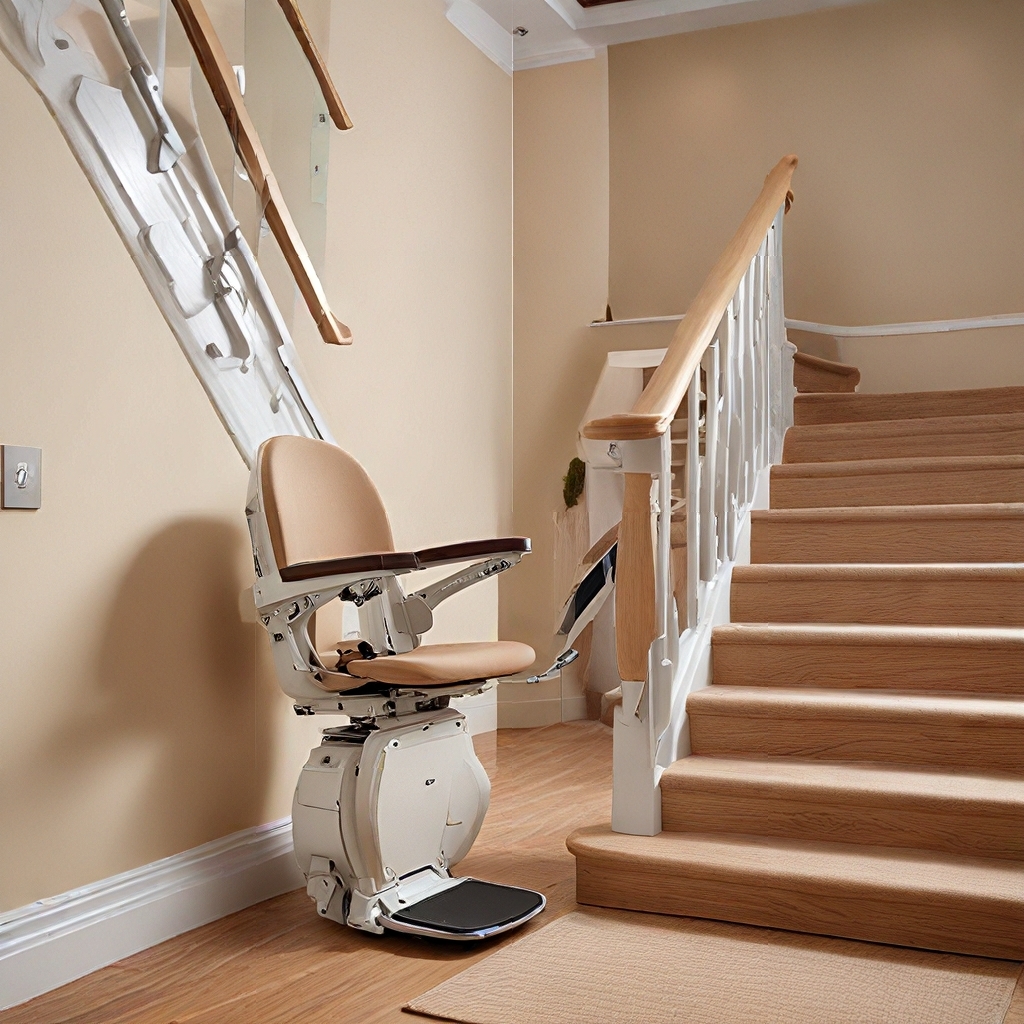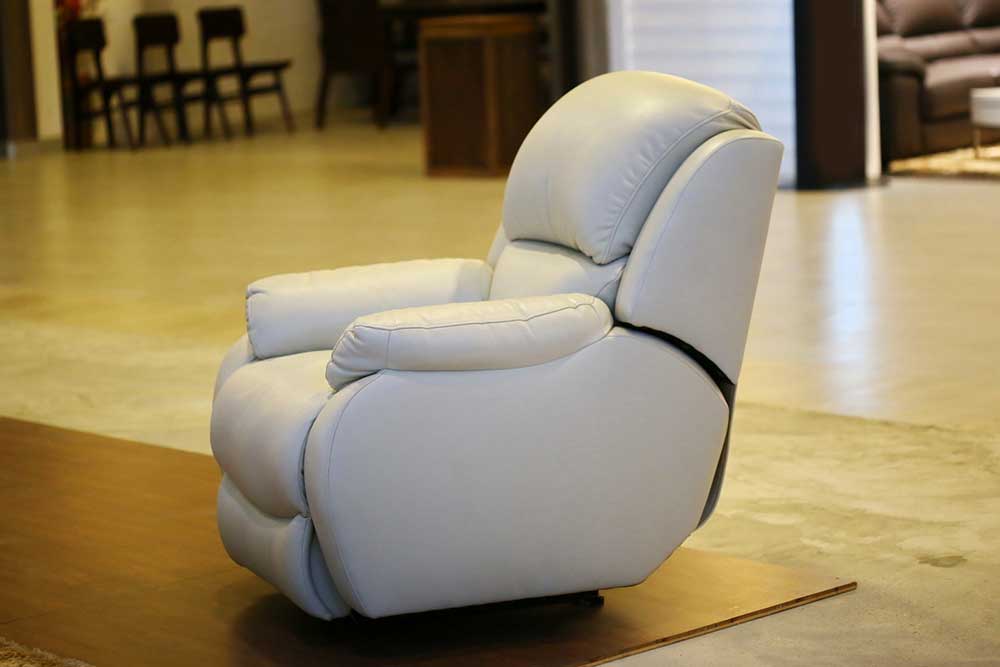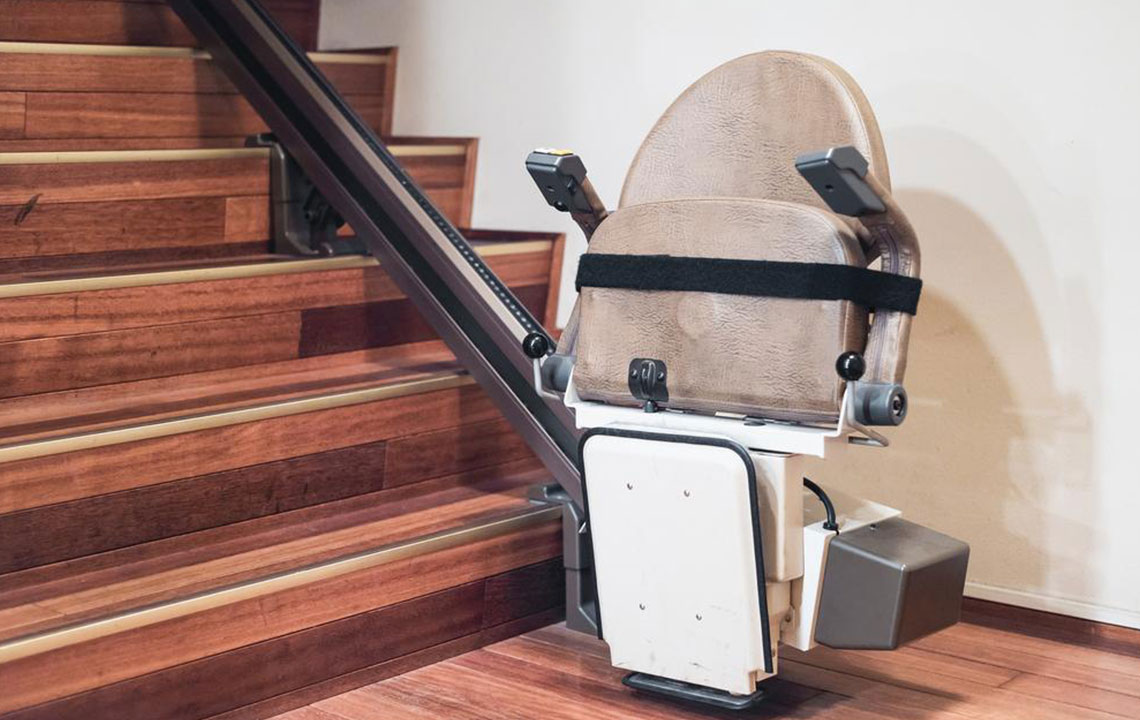Essential Tips for Selecting the Perfect Stair Lift for Elderly Individuals
Discover essential tips for choosing the ideal stair lift for seniors, including cost, measurements, features, and customization options. This guide helps users select safe, comfortable, and cost-effective stairlift solutions, ensuring independence and mobility for elderly individuals. It emphasizes professional guidance, insurance coverage, and proper measurements for optimal safety and functionality.
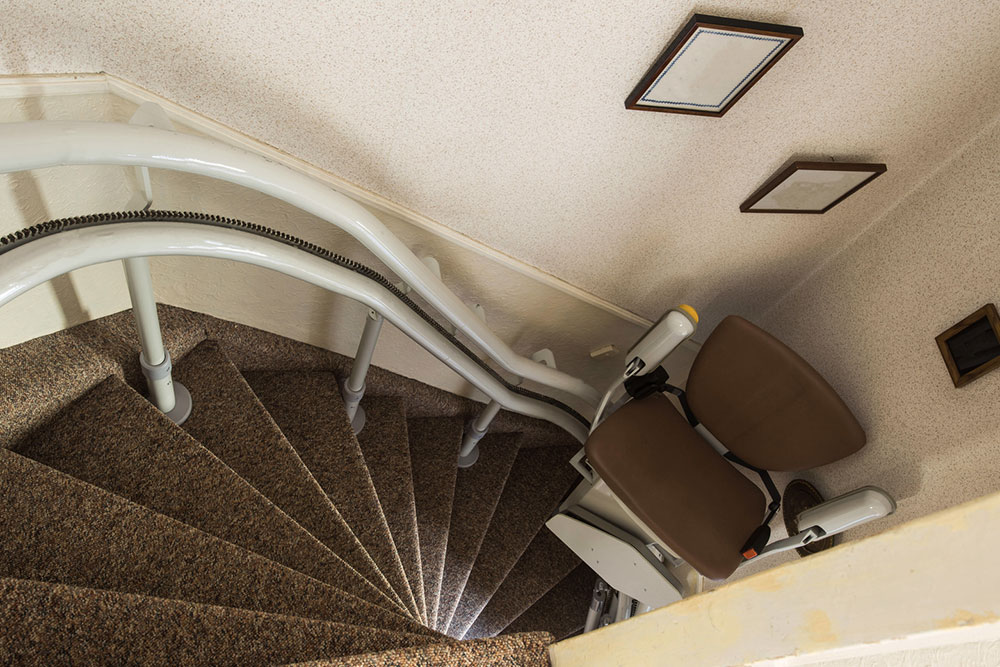
Essential Tips for Selecting the Perfect Stair Lift for Elderly Individuals
Stair lifts are motorized chairs that glide along rails installed on staircases, offering a safe and convenient way for seniors or those with mobility challenges to move between floors. These devices promote independence and significantly ease daily routines. When considering a stair lift for your home, it’s crucial to understand key factors to ensure you select the most suitable model. Proper research can help you find options that fit your needs and budget.
1. Price Considerations
The cost of stair lifts varies based on factors such as staircase shape (straight or curved), new versus used models, brand, and staircase type. Typically, prices range from approximately $2,500 for basic models to $25,000 for advanced, custom solutions. Curved stair lifts tend to be more expensive due to customization needs. To make an informed decision, evaluate your staircase layout and budget accordingly, opting for models that provide the best value without compromising safety.
2. Seek Professional Assistance
Consult experienced technicians for guidance when choosing a stair lift. Installing a stair lift often requires professional help, and their advice can help you select the right brand and model. Additionally, they can demonstrate how to operate the device safely, ensuring you maximize its benefits and proper functionality after installation.
3. Measurement of Your Stairs
Knowing your staircase dimensions is vital. Straight rail models typically support stairs up to 16 feet long, while longer flights may need extra modifications. Measure the length, width, and height of your staircase, ensuring there’s at least 30-32 inches of clearance for safe operation. Accurate measurements prevent purchasing incompatible models and ensure comfort and safety.
4. Important Features
Choose a stair lift that meets the specific needs of the user. Consider factors like ease of use, smoothness of motion, safety features, and comfort. The device should be simple to operate and cater to any health considerations. Evaluating these features ensures you select a model delivering value, safety, and convenience.
5. Insurance Options
Some insurance plans, including certain Medicare Advantage policies, may cover part of the cost for installing a stair lift as a mobility aid. Coverage often applies to basic models, so review your policy before making a purchase. Understanding insurance benefits can help reduce out-of-pocket expenses and make the investment more affordable.
6. Customization Possibilities
Stair lifts can be personalized with various modifications, such as color choices, safety features, or seat configurations, to better serve individual needs. While customization can enhance accessibility, it may also increase the overall cost. Select essential upgrades that balance functionality and budget to maximize value.
7. Weight Capacity and Seat Dimensions
Prioritize safety by reviewing the manufacturer’s specifications regarding weight limits and seat sizes. Ensure the lift can comfortably accommodate the user's weight and size for consistent, reliable use. Heavy-duty models offer higher durability and capacity but tend to be more expensive. Choosing the right size ensures safety, comfort, and long-term performance.
Consider these factors to find the ideal stair lift for seniors, facilitating independent and safe stair navigation without assistance.
Note:
Our blog offers information across diverse categories, providing useful insights based on thorough research. However, the content should not be viewed as definitive. We cannot guarantee the accuracy or completeness of data, nor are we responsible for variations across different sources. Also, some deals or schemes may not be covered here but could offer better value. Readers are encouraged to do additional research to find the best options tailored to their needs.

